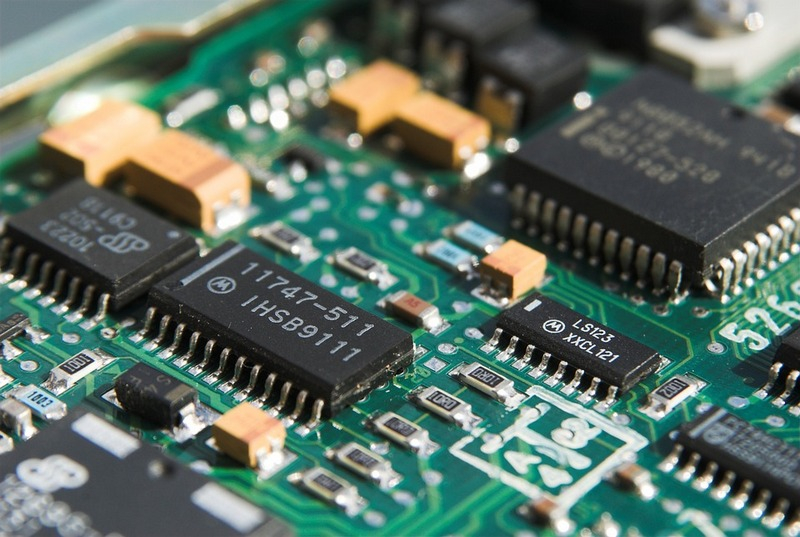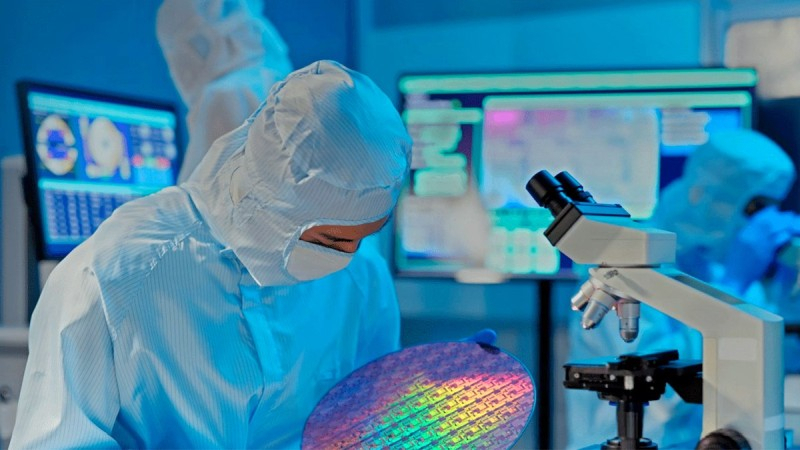China has ceased to be the main magnet for companies wishing to locate electronics production in Asia, not only for economic reasons. The geopolitical factor is beginning to push market participants to look for alternative sites, and India is coming to the fore in many cases. However, only Apple in a couple of years will be ready to purchase chips worth $12 billion a year from India.

In any case, the Indian publication Financial Express shares similar forecasts. The American manufacturer of electronic devices notified its partners that by 2026 it intends to increase the volume of purchases of components for iPhone production to $12 billion within India, where they should be produced by then. According to some estimates, if last year every seventh iPhone was assembled in India, then in 2026 at least a quarter of all Apple smartphones will be produced here.
Micron and Tata Group, among other companies intending to localize chip production in India, will be among the main beneficiaries of this Apple initiative, as noted by Indian media. Representatives of the local defense, aviation and automotive industries are ready to buy Indian-made chips, but Apple as a separate company may turn out to be the main and largest buyer of such products. Last year, the company launched $14 billion worth of smartphones in India, more than any of its competitors.
In the eleven years leading up to 2022, Apple increased its global component purchasing costs from $18.8 billion to $67 billion, and has now grown to $72 billion. At the beginning of the decade, Apple produced all its smartphones in China, but Now it has three contractors operating enterprises in India that assemble iPhones.
Indian authorities have so far approved five projects for the construction of semiconductor industry enterprises in the country, which will be able to qualify for government subsidies. These are Micron Technology’s memory chip testing and packaging facility, a joint venture between the Tata Group and Taiwan’s PSMC for chip contract manufacturing, a separate Tata chip testing and packaging facility, a similar facility at CG Power, and another Kaynes facility also involved in chip testing and packaging. . In total, the Indian authorities are ready to allocate $21 billion to support such projects, of which $15 billion have already been found by the potential recipients listed above. Local conglomerate Adani Group recently agreed with Israeli contract chip maker Tower Semiconductor to build a facility in India.

Earlier this month, Indian Prime Minister Narendra Modi, during his visit to Singapore, entered into an agreement for joint training in chip development, as well as Singaporean investment in India’s semiconductor industry. The tiny Asian state has two large enterprises, NXP Semiconductors and Micron Technology, and also attracts venture capital in the development of semiconductor components and methods of their production.
This week it became known that Larsen & Toubro plans to invest more than $300 million in the creation of an Indian contract manufacturer of chips, L&T Semiconductor Technologies, which would simultaneously develop semiconductor components for customers. In principle, by the end of this year the young company will be able to develop 15 chips, and by 2027 it should begin producing and selling them. Of the company’s 250 employees, most are engineers specializing in chip design. By the end of this year, the company will double its workforce. It is applying for government subsidies, but will not attract funds from outside investors for its development.
Japanese chip-making equipment suppliers surveyed by Nikkei also cited a strong trend toward relocating chip testing and packaging facilities from China to Vietnam, Malaysia and India. If the latter country manages to overcome the shortage of qualified personnel, it will quickly get back on its feet in terms of localizing chip production, according to Japanese equipment suppliers.
During his recent speech, Narendra Modi said that the Indian semiconductor industry should be worth $500 billion by the end of the decade, from the current level of about $155 billion per year. The Prime Minister seems to be inviting investors into the semiconductor sector of the country’s economy with the following words: “Now is the right time to be in India. In 21st century India, chips will never be on the decline.”